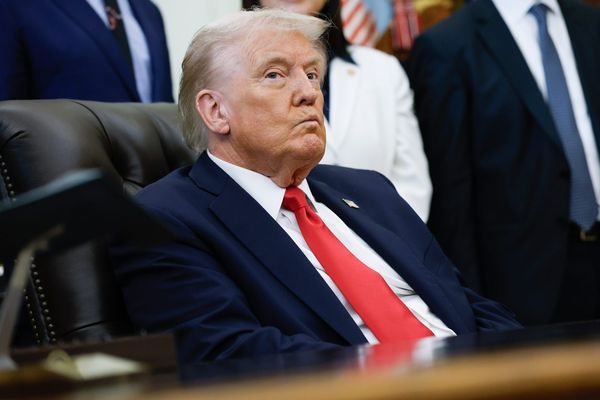There's only one way to lose less money in the stock market and S&P 500 with ETFs — paying lower fees. And fortunately, it's easier to do than before.
Fees on funds are plunging. So if you're still paying up for high-priced ETFs and mutual funds, it's time to find a lower-priced option. And now, with the S&P 500 down roughly 20% this year, you might also get a tax break on top of trading into a lower-fee fund. That's a win-win.
"With the bear market for U.S. equities, investors should be rethinking why they are paying high fees for underperforming mutual funds when there are numerous low cost ETFs to consider," said Todd Rosenbluth, head of research at VettaFi.
Fund Fees Are Dropping
The asset-weighted fee on ETFs and mutual funds dropped to 0.40% in 2021, down from 0.42% in 2020, says Morningstar. This seemingly small drop amounts to a massive savings since investors put trillions of dollars into funds.
All told, fund investors saved $6.9 billion on fees last year, Morningstar says. Falling fees are even more dramatic over time. The average fee paid by fund investors in 2021 was from 0.87% just 20 years ago.
And investors are paying attention. The lowest-priced 20% of funds grabbed more than 90% of net inflows last year, Morningstar said. And the 80% most expensive funds only picked up the remaining scraps.
The reason is simple. With very few exceptions, lower-priced funds leave much more money for investors. That's especially important when returns are hard to come by, like now. And unlike future returns, which are unpredictable, you can control the fees you're paying right now. A seemingly tiny smaller fee, too, makes an enormous difference in your results.
Lower Fees Make A Huge Difference
Choosing a lower-priced ETF can leave much more money in your wallet. Let's say you invest $100,000 in two funds that both return 10% annual average returns. Fund A charges the average 0.4% fee, while fund B charges just 0.08%.
In just 10 years, the lower priced fund B would be worth $257,494, or more than $7,000 more than the costly fund A. And in 30 years, the lower priced fund would be worth $1.7 million, or an additional $140,000 over the pricier ETF. By simply swapping to a lower priced ETF, you saved yourself $140,000 in fees.
Shopping For Lower Fees
The ETF industry overall is lowering fees, but you need to pay attention to what you're buying.
For instance, if you own "sustainable" or ESG funds, you're likely paying an asset-weighted average expense ratio of 0.55%. That's much higher than the 0.39% fee charged by traditional funds.
You can easily get funds that own similar asset classes, though, by paying less. If you're paying 0.4% or more for a large-cap fund, you can "shift to either broad market products like Vanguard S&P 500 or get some of the benefits of active management through factor products like iShares Edge MSCI Value Factor ETF or Invesco S&P 500 Quality ETF," Rosenbluth said.
The Vanguard S&P 500 ETF only charges 0.03% annually. And iShares Edge MSCI Value charges just 0.15% and Invesco S&P 500 Quality only 0.15%. Additionally, if you're selling your old fund for a loss, you can reduce your taxable gains by that much and deduct up to $3,000 a year of capital losses from your taxable income.
It's possible to find even lower costs ETFs, too. The SoFi Select 500 is an S&P 500 index fund that charges no annual fee at all. And the JPMorgan BetaBuilders US Equity charges just 0.02% annually.
Some investors may still think it's worth paying more for active portfolio managers who try to beat the market. But even then, you can likely find lower-priced active ETFs than active mutual funds, Rosenbluth says.
"There are also more moderately priced active equity ETFs available for those that want full discretion," he said.
Lowest Fee Diversified ETFs
| Name | Ticker | Adjusted expense ratio % |
|---|---|---|
| SoFi Select 500 | 0.00% | |
| JPMorgan BetaBuilders US Equity | 0.02 | |
| Schwab US Broad Market | 0.03 | |
| Schwab US Large-Cap | 0.03 | |
| Vanguard S&P 500 | 0.03 | |
| iShares Core S&P 500 | 0.03 | |
| SPDR Port S&P 1500 Comps Stk Mkt | 0.03 | |
| Vanguard Total Stock Market | 0.03 | |
| iShares Core S&P Total US Stock Mkt | 0.03 | |
| SPDR Portfolio S&P 500 | 0.03 |







